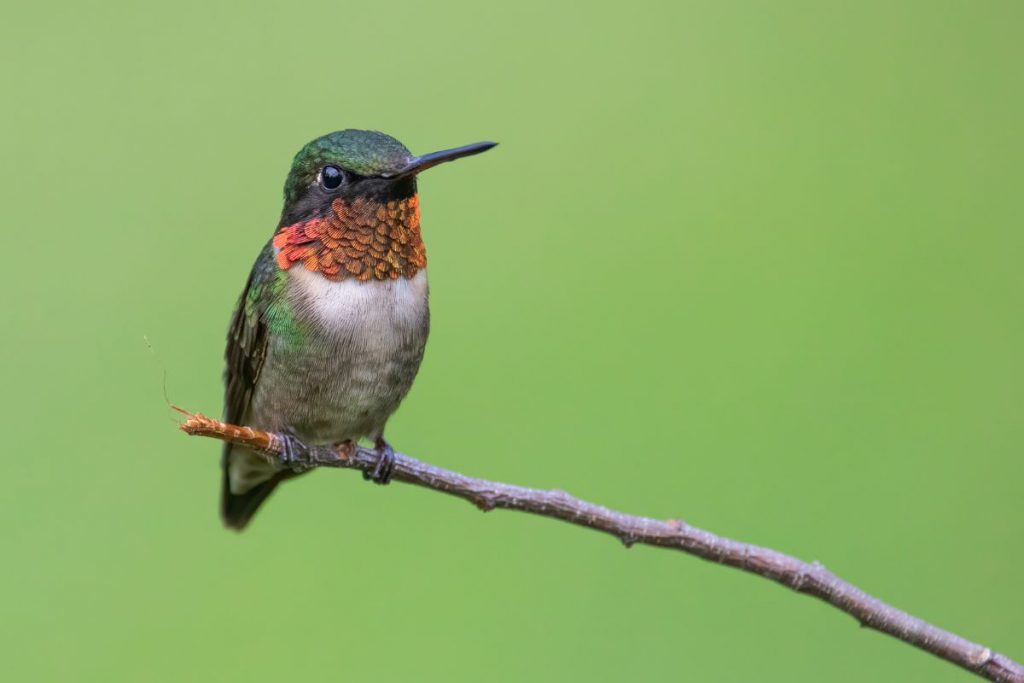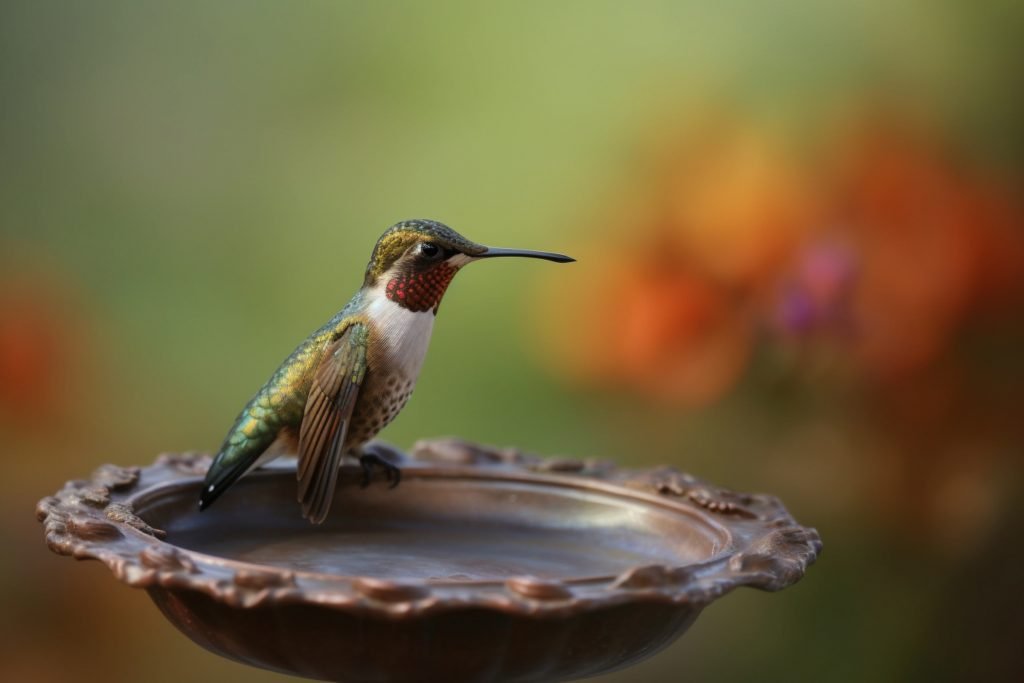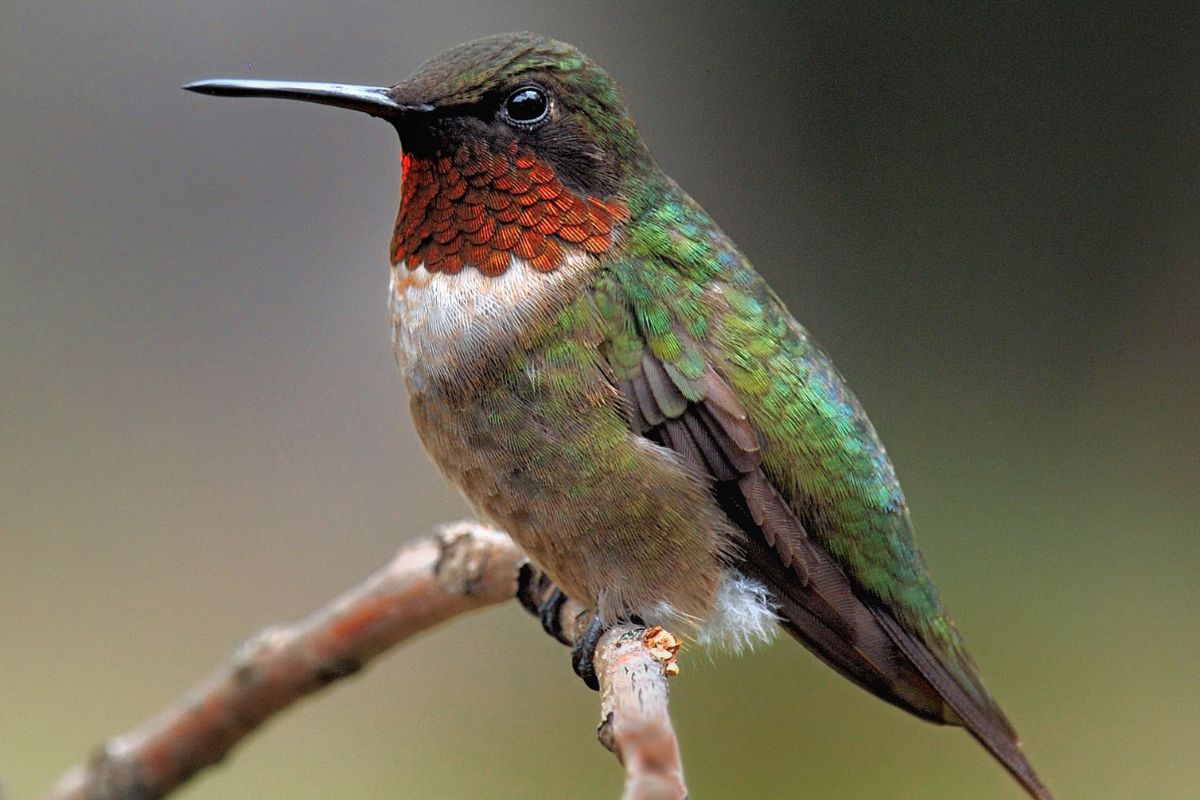There are a few surprising reasons a hummingbird might perch on a feeder without drinking. They may be resting to conserve energy, guarding the feeder as their food source, or watching for threats like predators. Hummingbirds also use feeders as a safe place to wait out bad weather like rain or high winds.
In this blog post, we will explore other reasons why a hummingbird would sit on the feeder without making use of it, as well as offer insights into the amazing world of hummingbirds.
Common reasons why a hummingbird would sit on the feeder:
Conserving Energy: The Need for Rest
Hummingbirds are known for their incredible speed and agility. To maintain their high energy levels, these tiny birds need to consume an immense amount of nectar daily.
Sitting on a feeder allows them to rest while still having easy access to their primary food source. Resting on the feeder helps them conserve energy for their next flight, which is essential for their survival.
Territorial Behaviour: Guarding the Food Supply
Another reason why a hummingbird might sit on the feeder is to guard its food source from other hummingbirds or potential competitors.
Hummingbirds are known for their territorial behaviour, and they may stake a claim to a particular feeder by perching on it. By doing so, they can ward off intruders and ensure their access to the nectar.

Digesting Food: Taking a Breather
Hummingbirds need to eat a substantial amount of nectar to meet their energy requirements. After consuming a large meal, they may sit on the feeder to digest their food. This is a natural and necessary process that allows them to break down the nectar and convert it into energy.
Weather Factors: Seeking Shelter
When the weather is unfavourable, such as during heavy rain or strong winds, hummingbirds may seek shelter by perching on a feeder, provided the feeder is in a safe place.
In these situations, the feeder provides a safe and stable location for the bird to rest and wait out the bad weather.
Health Concerns: A Possible Warning Sign
If a hummingbird is sitting on the feeder for an extended period and appears lethargic or unresponsive, it may be a sign of illness or injury. In these cases, the bird may be too weak to fly or feed itself.
If you suspect that a hummingbird is sick or injured, it will be helpful if you can contact a local wildlife rehabilitation centre around. Hopefully, they should be able to help the bird.
Keeping Your Feeder Hummingbird-Friendly
To ensure that your hummingbird feeder remains a safe and welcoming place for these tiny creatures, consider the following tips:
- Clean your feeder regularly: To prevent the growth of mould and bacteria, clean your feeder with a solution of one part white vinegar to four parts water at least once a week. Rinse it thoroughly and allow it to dry before refilling it with fresh nectar.
- Use the right nectar recipe: A simple homemade nectar solution of one part sugar to four parts water is ideal for hummingbirds. Avoid using red food dye or commercial nectar mixes that contain additives, as these can be harmful to the birds.
- Provide perches: Although hummingbirds can hover while feeding, they appreciate a place to perch and rest near the feeder. You can purchase feeders with built-in perches or attach a small twig or branch to your existing feeder.
- Keep an eye out for pests: Ants, bees, and wasps can be attracted to the sweet nectar in your hummingbird feeder. To prevent these pests from taking over, use an ant moat and avoid using yellow-coloured feeders, as yellow is attractive to bees and wasps.

Conclusion
Hummingbirds are truly remarkable creatures that captivate our hearts and minds with their vibrant colours, astonishing speed, and seemingly endless energy.
Observing them sitting on a feeder can provide us with valuable insights into their behaviour, biology, and the delicate balance they maintain in order to survive in their environment.
By understanding why a hummingbird might just sit on the feeder, we can appreciate the various factors that influence these tiny birds’ lives.
Whether they are conserving energy, guarding their territory, digesting food, seeking shelter from the elements, or dealing with health concerns, each reason reveals the intricate complexities of their existence.
As we continue to learn more about hummingbirds and their behaviour, we must remain committed to providing them with safe and welcoming habitats in our gardens and outdoor spaces.
Ensuring the well-being of these fascinating birds not only enriches our lives but also contributes to the conservation of their species and the overall health of our ecosystem.
In the end, observing a hummingbird perched on a feeder is not only a delightful sight to behold, but it also serves as a reminder of our interconnectedness with the natural world.
By taking the time to understand and appreciate these small yet mighty creatures, we can foster a greater appreciation for the beauty and wonder of the world around us and inspire us to protect and preserve the delicate balance of our planet’s ecosystems.
